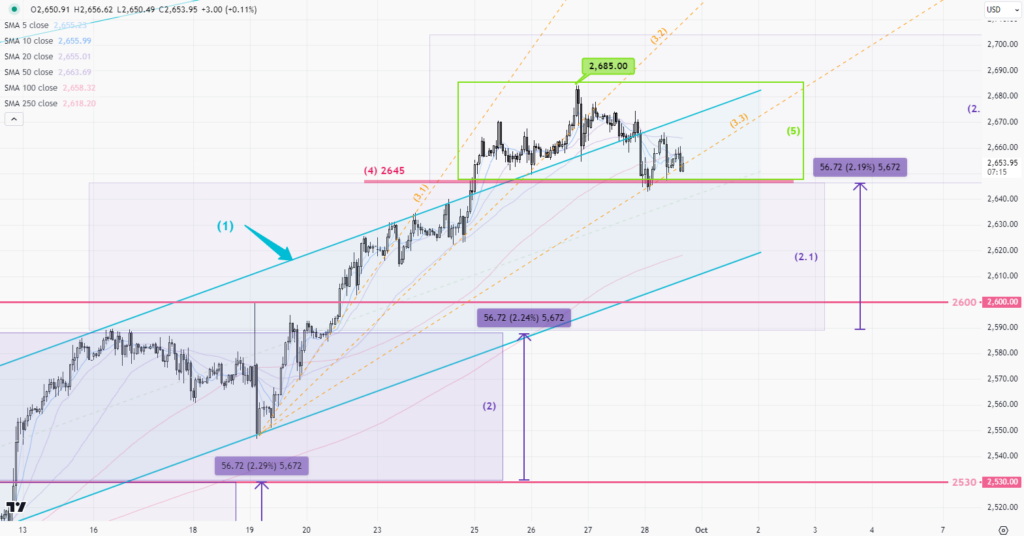 |
| Gold V.1.3.1 signal Telegram Channel (English) |

US Copper Supply Crisis: Imports, Demand, and Future Challenges
2025-02-28 @ 01:05
The U.S. Copper Supply Chain: Key Sources, Demand Trends, and Future Challenges
Understanding the U.S. Dependence on Copper Imports
The United States is one of the world’s largest consumers of copper, essential for industries such as construction, electronics, and renewable energy. However, the country relies heavily on imports to meet its growing demand.
###
Primary Sources of Copper Imports
The majority of U.S. copper imports come from the following countries:
- Chile: The largest supplier to the U.S., accounting for approximately 64% of refined copper imports between 2019 and 2022.
- Canada: A key trading partner providing a significant share of copper exports to the U.S.
- Mexico: Another primary supplier benefiting from trade agreements with the U.S.
The Role of Trade Agreements in U.S. Copper Imports
Trade agreements have played a crucial role in shaping the U.S. copper supply chain.
- U.S.-Chile Free Trade Agreement: Eliminated tariffs on copper imports, making it cost-effective for U.S. businesses to source copper from Chile.
- U.S.-Mexico-Canada Agreement (USMCA): Facilitated copper trade between North American partners, ensuring a steady supply.
These agreements have helped minimize costs and streamline copper imports, strengthening the supply chain.
Market Dynamics: Supply and Demand Challenges
While demand for copper continues to rise, the industry faces significant supply challenges.
###
Projected Copper Supply Decline
Market analysts predict the following supply trends:
- Global copper mine production is expected to peak at 23.5 million tons in 2025-2026.
- By 2035, production could decline at an average rate of 2.3% per year.
- Declining ore grades and mine closures are key factors in the supply reduction.
###
Impending Copper Deficit
Industry experts forecast a copper deficit due to supply shortages and rising global demand:
- The deficit is projected to reach 3.8 million tons by 2035.
- China’s expansion in copper smelter capacity will further outpace mine supply.
These supply constraints could lead to increased copper prices and market volatility.
Demand Drivers: The Global Energy Transition
Copper plays a crucial role in the transition to clean energy and sustainable technologies.
###
Electric Vehicles (EVs) and Infrastructure
- Electric vehicles require four times more copper than traditional gas-powered cars.
- The Biden administration’s plan to build 500,000 new EV charging stations by 2030 will further drive demand.
###
Renewable Energy Development
- Wind turbines and solar panels require significant amounts of copper for electrical conductivity.
- The push for greener energy solutions will continue to fuel copper demand.
The U.S. Copper Reserve and Domestic Production
Despite having substantial domestic reserves, the U.S. still depends on imports for copper supply.
###
U.S. Copper Reserves
- The U.S. has estimated copper reserves of over 48 trillion tons.
- Key mining states include Arizona, Nevada, Minnesota, and Utah.
###
Major U.S. Copper Producers
Several mining companies are working to expand domestic production:
- Freeport-McMoRan
- Rio Tinto
- Hudbay Minerals
Increasing domestic production could reduce reliance on imports and strengthen U.S. supply chain security.




